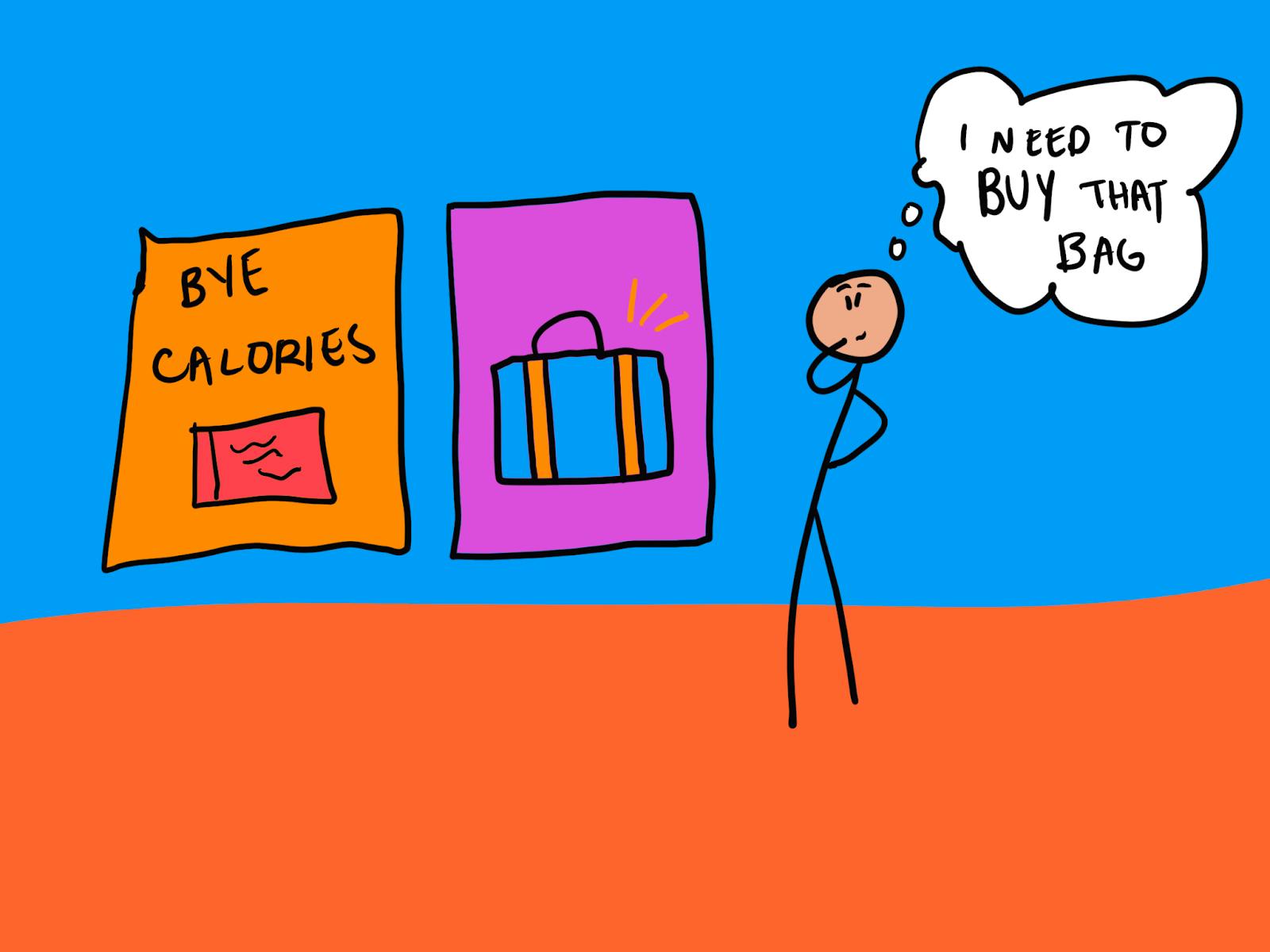Why are we likely to spend more after reading the word “bye”?
Bye-Now Effect
, explained.What is the Bye-Now Effect?
The bye-now effect describes the tendency for consumers to think of the word “buy” when they see the word “bye.” This priming effect, triggered by the homophone for “buy,” can subtly influence consumer behavior and lead to increased spending or impulse buying.

Where this bias occurs
Imagine that you are reading a magazine and you come across a letter from the editor. She signs off with a big, bold, “bye” at the end of her article. Thinking nothing of it, you flip the page and see an advertisement for a perfume. The bye-now effect, sometimes referred to as the buy-now effect, suggests that you are now more likely to buy the perfume because you just read the word “bye.”
In this case, it is likely that the magazine strategically placed the perfume advertisement right after the letter from the editor in order to have the word “bye” prime readers to shift their minds to the purchasing associations of the word “buy.” Although it is unlikely that we would consciously draw the connection between the two, the bye-now effect shows that we can quite drastically change our consumption behavior based on priming words.
The magazine you’re reading likely features several other examples of priming, with certain colors, messages, or images strategically placed throughout to subtly influence your thoughts and gently nudge you toward a purchase decision. Perhaps you read another article discussing minimalism, then soon encounter an ad for storage containers. The bye-now effect also primes the mind—but instead uses similar-sounding words to influence consumer decisions rather than more obvious imagery or overt connections between informational content and product placements. In this way, the bye-now effect leverages the subconscious link between homophones, making us more inclined to part with our money—without us even realizing what’s happening.














